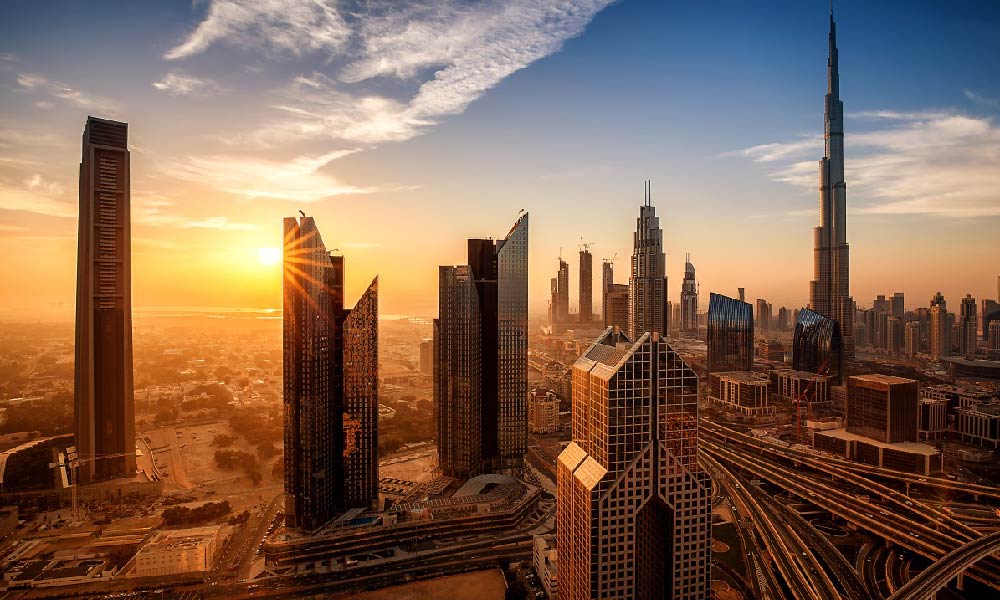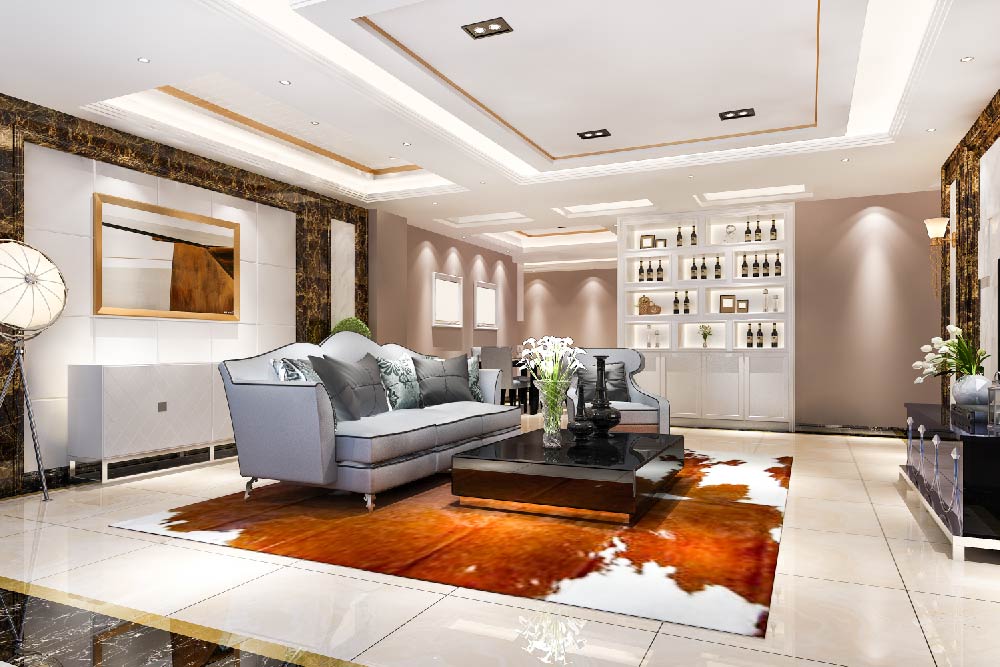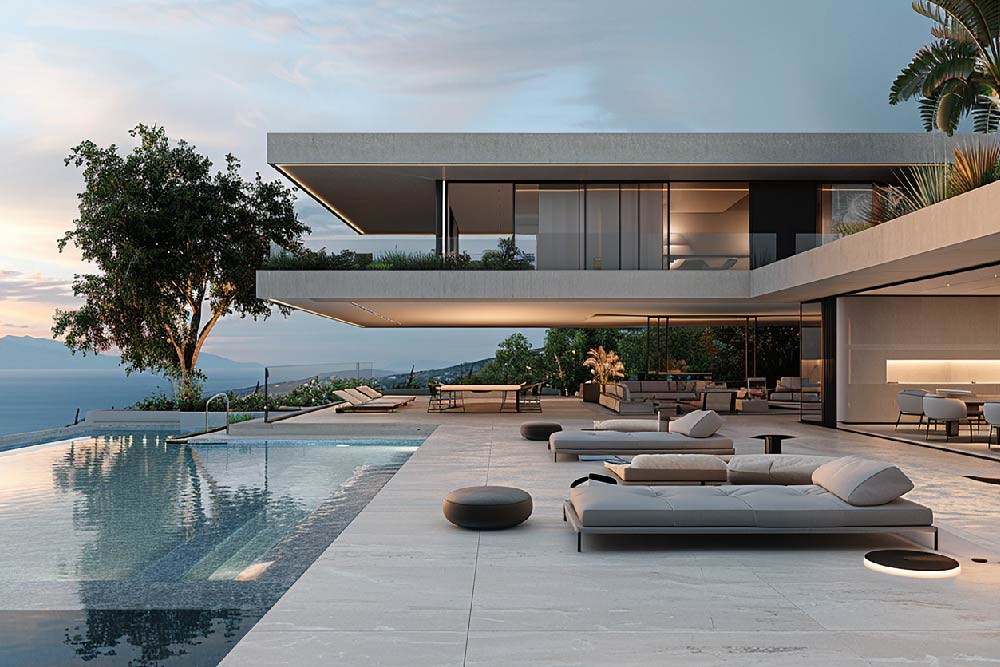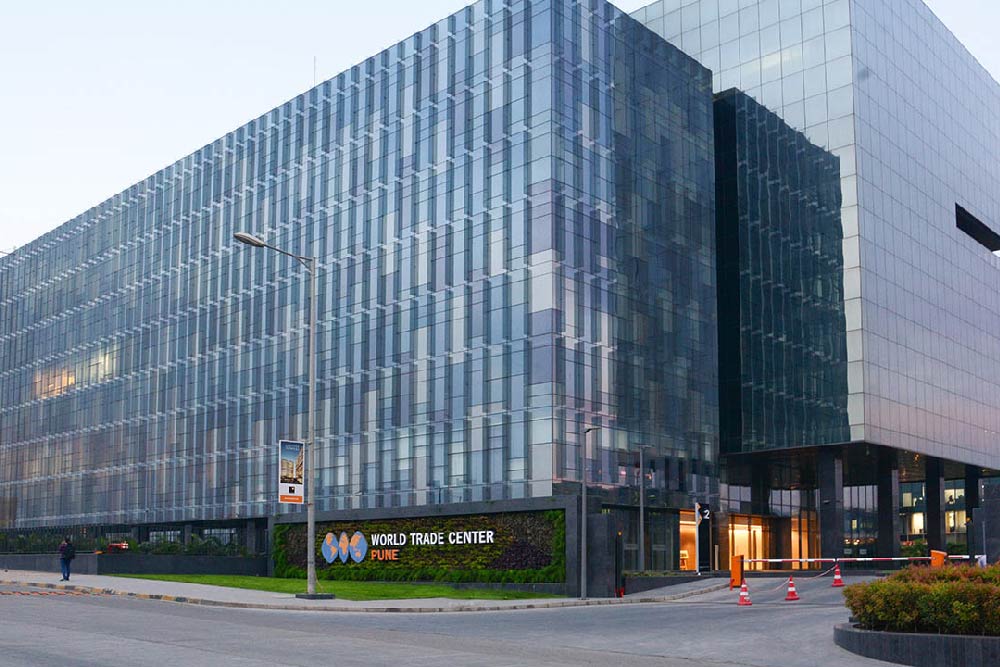
As Dubai’s real estate market continues its dynamic growth, investors have the unique opportunity to leverage high returns on properties that cater to both residential and commercial demands. The city’s robust economy, dynamic infrastructure, and world-class amenities make it a prime destination for property investment.The first half of 2024 alone saw over 43,000 property transactions valued at approximately AED122.9 billion, marking a 30% increase from the previous year. This growth is partly due to the rapid absorption of new inventory, with 80% of units launched since 2022 already sold.
While Dubai’s established areas still hold value, certain emerging neighborhoods promise competitive investment returns. This article highlights top investment areas in Dubai for 2025, that are poised for strong growth and provide investors with lucrative opportunities.
1. Dubai Creek Harbour
Investment Highlights:
- Projected Rental Yield : Up to 6%
- Capital Appreciation : 16%
- Type : Residential, Mixed-Use
- USP : Scenic Waterfront & Proximity to Downtown
Dubai Creek Harbour is quickly establishing itself as a sought-after neighborhood with its integrated waterfront development, comprising residential spaces, commercial hubs, and tourism attractions. Located just minutes away from Downtown Dubai, it offers residents a serene escape with stunning views of the Dubai skyline and direct access to Dubai Creek. This area’s allure is strengthened by its ambitious architectural projects, including the future Creek Tower, poised to be one of the tallest in the world. Investors are increasingly drawn to its luxury waterfront residences, with rental yields rivaling some of Dubai’s most established areas.
Why Invest?
Dubai Creek Harbour combines accessibility with exclusivity. Its mixed-use developments, with a sustainable focus and urban connectivity, make it a promising choice for those looking to secure high ROI in the residential and commercial leasing sectors.
2. Business Bay
Investment Highlights:
- Projected Rental Yield: 6%
- Capital Appreciation : 10%
- Type : Commercial, Residential
- USP : Prime Location & Commercial Appeal
Business Bay remains a preferred hub for investors looking for well-rounded, high-yield investment opportunities. Situated adjacent to Downtown Dubai, it offers seamless connectivity, upscale amenities, and a high demand for commercial spaces. The influx of corporate tenants, multinational companies, and freelancers continues to drive up occupancy rates, especially for office spaces, which boast impressive rental yields.
Why Invest?:
With a strategic location near the Dubai Canal, Burj Khalifa, and Dubai Mall, Business Bay offers a competitive investment opportunity. Its mix of commercial and residential properties enables a balanced portfolio approach, appealing to both investors and end-users alike.
3. Jumeirah Village Circle (JVC)
Investment Highlights:
- Projected Rental Yield: 8%
- Capital Appreciation : 12%
- Type : Residential
- USP : Affordable Housing & Growing Community
For those seeking investment options in affordable housing, Jumeirah Village Circle (JVC) has emerged as a top contender. JVC has shown significant rental demand due to its appealing balance between affordability and quality. The area is home to several parks, schools, and retail centers, attracting families and young professionals seeking a self-contained community.
Why Invest?
JVC’s rental returns are notable, especially in the apartment and townhouse categories, where yields can reach up to 8%. With ongoing infrastructure improvements, this community-centric area is set to witness further appreciation, making it a prudent choice for long-term investors.
4. Dubai South
Investment Highlights:
- Projected Rental Yield: 7%
- Capital Appreciation : 18%
- Type : Residential, Mixed-Use
- USP : Proximity to Expo 2020 Site & Al Maktoum International Airport
Dubai South, located near Al Maktoum International Airport and the Expo 2020 site, continues to capture attention for its ambitious development plans and strategic importance. The district offers diverse investment opportunities, from affordable housing to mid-range apartments and villas, making it versatile for investors with different risk appetites.
Why Invest?
Dubai South’s connectivity to key transportation hubs, like the Al Maktoum International Airport, is a major draw. The recent focus on this area’s development post-Expo 2020 has ensured sustainable urban planning, making it a forward-looking investment for those eyeing medium to long-term gains.
5. Dubai Marina
Investment Highlights:
- Projected Rental Yield: 9%
- Capital Appreciation : -10%
- Type : Residential, Hospitality
- USP : Lifestyle Appeal & Tourism Draw
Dubai Marina remains an iconic waterfront district with enduring appeal for both residents and tourists. With its luxury towers, retail options, and world-class marina, this area has an established rental market that commands high occupancy rates. The demand from expatriates and tourists keeps property values stable, while providing rental yields that are above average.
Why Invest? :
As one of Dubai’s most popular areas, Dubai Marina offers solid rental income and capital appreciation potential, particularly in the luxury apartment market. Its reputation as a premier lifestyle destination ensures enduring demand, giving investors a reliable and steady income source.
Final Thoughts
As Dubai’s real estate market continues to mature, these emerging and revitalized districts represent significant opportunities for investors seeking strong returns. Each of these five locations is characterized by unique growth drivers, such as connectivity, lifestyle offerings, and a focus on mixed-use development. However, investors should carefully consider their investment objectives, as the ideal area will vary based on rental yields, property type, and long-term growth potential.
With proper due diligence and market insights, the new year 2025 could mark a lucrative year for real estate investments in Dubai, positioning these areas as key to capitalizing on Dubai’s continued growth trajectory.
As Dubai’s property market continues to offer compelling opportunities, SQUAREA is here to guide you in making well-informed, strategic investments. Our team of experts can help identify properties that align with your investment goals—whether you seek high rental yields, capital appreciation, or portfolio diversification. From market insights to end-to-end support, SQUAREA offers a tailored approach to help you maximize returns in Dubai’s thriving real estate landscape.




